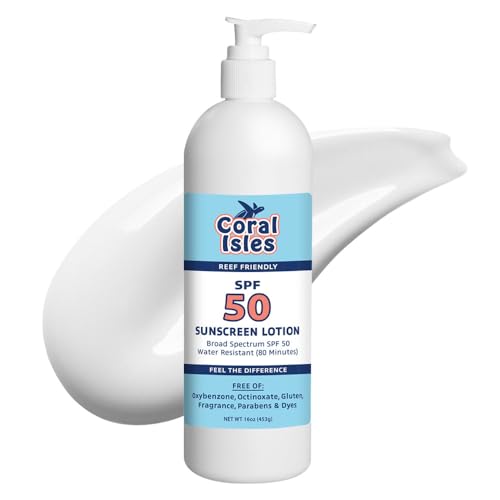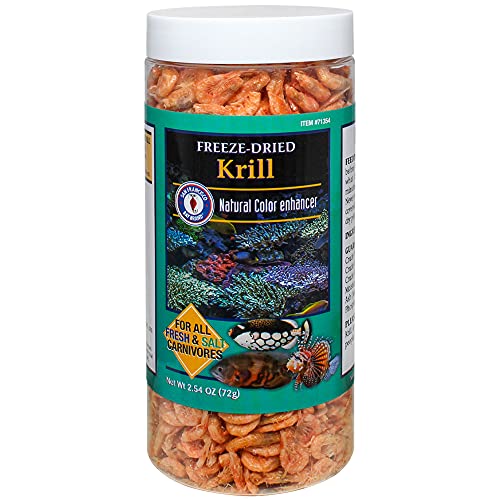mojoreef said:Lets take this and transpose it into our tanks and say a dsb. With the production of end product detritus and byproducts in a sediment bed the anaerobic regions will begin to fill and clog with products that can not be used.
Yes, that is what we are really talking about anyway.
Yes, I have heard this theory and do not buy it. Neither did the microbiologists I spoke with. Granted that the end sediment will go to the bottom of the bed and be un-usable for food after being completely utilized. However, this should basically become humic type material and provide further substrate for additional bacteria to grow.
Since the limitations of area do play, the bottom and sides of the tank will put a limit on what the sediment can sink. The only regoin left to go, is up into the aerobic zone. This will eventually lead to that region going anaerobic also and the bed losing its ability to perform nitrification.
I nearly agree with this also but not quite. I believe the bed's natural balance of various bacteria will become out of balance and not function very effectively as you state. However, anaerobic bacteria would not survive in an environment in which too much oxygen is present, such as near the surface levels. As the overcrowded aneorobic bacteria are pushed upwards, they will die off and release their nutrients into the water column at a much increased rate.
I wouldnt say crash, more like it losses it abilty to filter and begins to export raw nutrients.
a matter of semantics. I'm sure you are correct here.
I dont think it would be that easy. the overloaded flask would migrate some bacteria which would bloom to meet the available food, but I would believe the vast majority would remain in the overloaded flask and basically cycle themselves out of existance.
All living populations will migrate given the correct conditions. This example is very difficult to make accurate if one takes it too literally. However, if we can arrange a system in which nutrients are added at such a rate that the population can not expand (nutrient limited) and there is available space, then eventually the bacteria will spread to fill the space homogeneously.
There is no mechanism to keep the bacteria in a single side of the tank and many mechanisms to cause them to migrate. For instance, the overcrowding on the first side and the resulting skew of the ideal ratios of bacteria you speak of above will lead to poor competition with the newly formed colonies on the fresh side because the bed is not functioning very effectively. The bateria on the new side, however, will grow very effectively as they absorb the nutrients released into the water column from the dying bacteria on the first side. Over time if the entire colony remains nutrient limited, then the bacteria will spread until competition between the two sides are equal. I can't think of a single mechanism that would lead to them staying on one side.
Way to risky. With the bed in a constant state of flux through out it, you are running the risk of unleshing a ton of nutrients in various stages of reduction, also by the time you got to that point you would have a large population of Sulfate reducing bacteria, subjecting you precious critters to the chance of releasing that is really rolling the dice.
Granted this could be risky if not done correctly and one waited until the bed was nearly saturated. However, by isolating the remote bed from the top tank, changing a fraction of the substrate very carefully, and then doing a complete water change in the remote tank, letting it sit for overnight with an air sparge, maybe doing another complete water change the next day and then sparging again overnight. I would bet my tank contents that the remote tank could be brought back online and re-connected even if the bed were nearly exhausted. However, I haven't never done it so...???
Also, if one were to attempt this, it is not something that should be done after the sandbed is near saturated. I would think it should be done as a regular and frequent part of maintenance. Then the risk would be greatly reduced. However the other option would be to change out the entire bed. The only downside is that you lose all the infauna and biological processing for a month or so if you do this.
Ok lets turn this around a tad. By taking out small sections of the DSB what is it that you are getting rid of?? (list the substances and what they are attached to).
Mike
You are exporting nutrient compounds contained in the bacteria and infauna as well as metals and toxins bound to the substrate along with much of their waste material. By providing an effective export mechanism for phosphate, and other problematical regime 3 compounds which are not effectively removed by water changes, this should theoretically stabilize phosphate concentrations in the system to some equilibrium level rather than allowing them to accumlate until the bed is saturated.
I imagine it acting as a dilution of the bacteria in the bed. If I were to replace 1 cup of mud each week, I have a very high degree of confidence that the bed will remain effective indefinitely or at the least much much longer than otherwise and that my infauna and biological processing power would remain effective. I just need to buy a new bag of mud and test the concept. :shock:
Sincerely...Collin




































































